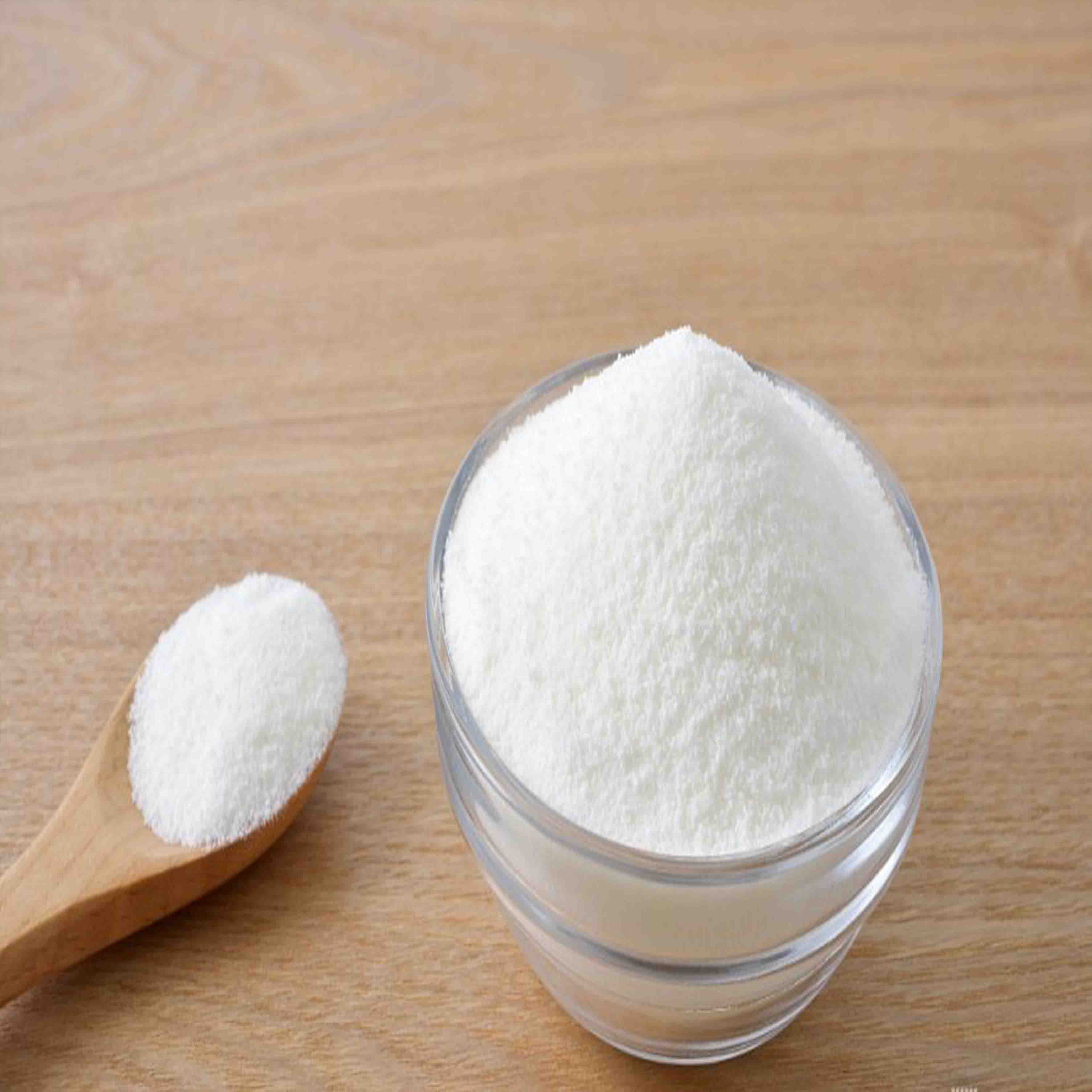
9 月 . 25, 2024 08:34 Back to list
Titanium Dioxide Characteristics and Applications in Various Industries and Products
Understanding Titanium Dioxide (CAS No. 13463-67-7)
Titanium dioxide, commonly known by its chemical formula TiO2, is a white, opaque substance that has found a multitude of applications across various industries. With the CAS number 13463-67-7, it is an important compound that is celebrated for its brightness, high refractive index, and excellent UV resistance. This article will explore its properties, uses, and the trends surrounding its production and safety considerations.
Properties of Titanium Dioxide
Titanium dioxide exists in several crystalline forms, the most common being rutile and anatase. The rutile form is known for its superior photocatalytic properties and greater stability, making it preferable for applications where durability is crucial. Conversely, the anatase form is often used in applications involving photocatalysis due to its higher surface activity. Titanium dioxide is non-toxic, non-flammable, and stable under most environmental conditions, which contributes to its broad usage across different sectors.
Applications of Titanium Dioxide
1. Pigments The most notable application of titanium dioxide is as a pigment in paint, coatings, plastics, and paper. It provides excellent coverage and whiteness, which enhances the brightness and durability of products. In the paint industry, it helps achieve high opacity, ensuring that surfaces are effectively protected and aesthetically pleasing.
2. Cosmetics Due to its UV-filtering properties, titanium dioxide is a common ingredient in sunscreens and cosmetics. It offers protection against harmful UV rays, making it beneficial for skin health. Its ability to provide a matte finish also adds to its value in makeup formulations.
93% 13463-67-7 titanium dioxide

3. Food Additive Titanium dioxide is sometimes used as a food coloring agent (E171) to improve the appearance of food products. However, its use in food items has come under scrutiny, leading to varying regulations across different countries regarding its safety.
4. Photocatalysis In environmental applications, titanium dioxide is utilized for its photocatalytic properties, facilitating the breakdown of pollutants when exposed to light. This has made it a popular choice in air and water purification systems.
Safety and Environmental Considerations
Despite its widespread use, concerns have emerged regarding the inhalation of titanium dioxide particles, particularly in industrial settings. Classification as a potential carcinogen by the International Agency for Research on Cancer (IARC) has led to calls for stricter regulations governing its use. Manufacturers are encouraged to adopt safety measures to minimize exposure and ensure that operational conditions are within regulatory limits.
Conclusion
Titanium dioxide (CAS No. 13463-67-7) is a vital compound with diverse applications that span multiple sectors, including coatings, cosmetics, food, and environmental technologies. Its properties of whiteness, stability, and UV resistance make it an invaluable asset, but awareness of its safety profile is essential. As regulations evolve and research continues, the future of titanium dioxide will likely see innovations that enhance its safety and effectiveness while addressing environmental concerns. The balance between utility and safety will continue to shape the discourse around this remarkable compound.
-
Lithopone for Plastic & TiO2 R-5568/SK-6658 Masterbatch Solutions
NewsMay.30,2025
-
China Leading Rutile TiO2 Manufacturer - R5566 & R996 Grades Available
NewsMay.30,2025
-
High-Purity Anatase & Rutile TiO2 Powder Trusted Manufacturer
NewsMay.30,2025
-
High-Purity Anatase Products Trusted Supplier & Manufacturer
NewsMay.29,2025
-
Best Price Eco-Friendly Rutile TiO2 Supplier & Wholesale Factory
NewsMay.29,2025
-
Chinese Anatase Titanium Dioxide for Ceramic Glaze Reliable Supplier
NewsMay.29,2025
